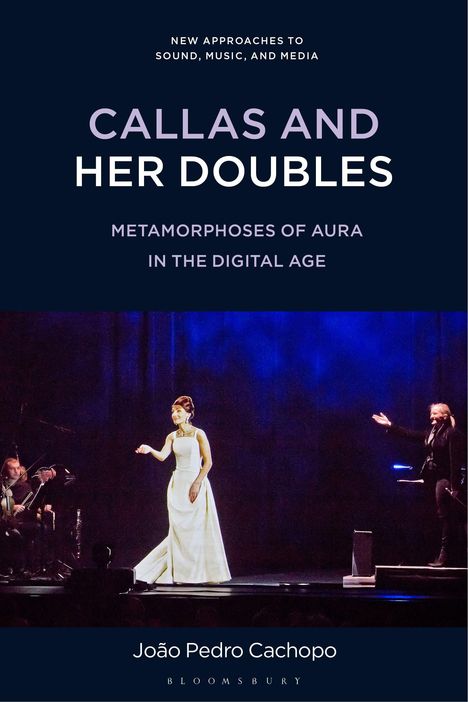João Pedro Cachopo: Callas and Her Doubles, Gebunden
Callas and Her Doubles
- Metamorphoses of Aura in the Digital Age
Lassen Sie sich über unseren eCourier benachrichtigen, sobald das Produkt bestellt werden kann.
- Herausgeber:
- Carol Vernallis, Lisa Perrott, Holly Rogers
- Verlag:
- Bloomsbury Academic, 08/2026
- Einband:
- Gebunden
- Sprache:
- Englisch
- ISBN-13:
- 9798765166925
- Umfang:
- 192 Seiten
- Gewicht:
- 503 g
- Maße:
- 229 x 152 mm
- Stärke:
- 28 mm
- Erscheinungstermin:
- 6.8.2026
- Hinweis
-
Achtung: Artikel ist nicht in deutscher Sprache!
Ähnliche Artikel
Klappentext
João Pedro Cachopo examines the intensification of the myth of Maria Callas in the 21st century, focusing on media-driven projects around the celebrated soprano that illustrate the coexistence of technological euphoria and cultural nostalgia in the digital age.
Nearly 50 years after the death of Maria Callas (1923-1977), the myth of the legendary soprano not only persists but has gained new intensity. The Callas phenomenon has transcended the realm of opera, revealing a paradox of our time: the intertwining of technological euphoria and cultural nostalgia.
This intensification extends far beyond traditional tributes, such as exhibitions and biographies. It is characterized by a wave of technologically ambitious projects that stand out for their media complexity and artistic boldness. In 2017, Tom Volf initiated the Maria by Callas project, encompassing an immersive exhibition and an innovative documentary. The following year, Callas in Concert, a live show with a hologram of the singer, toured internationally. More recently, in September 2020, Marina Abramovic premiered her multimedia opera-performance, 7 Deaths of Maria Callas, at the Bayerische Staatsoper.
All this raises a fundamental question: in an era dominated by technical reproducibility, is the value of aura in decline, or is it metamorphosing? And what does the acceleration of the Callas myth reveal, not only about the artist and her legacy, but also about contemporary culture and our collective imagination?




